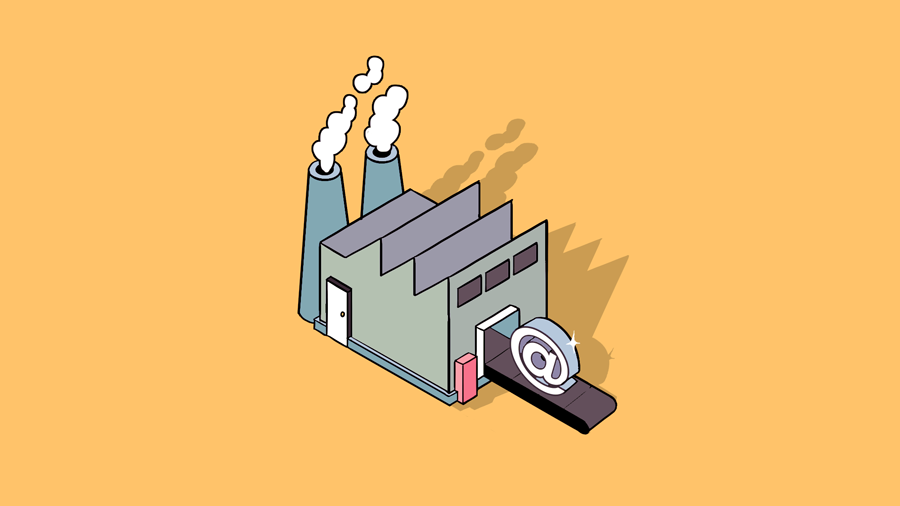Morning Report: Slack intends to go public in the first half of 2019, according to the Wall Street Journal. Let’s do some math.
Slack is one of Silicon Valley’s most interesting companies. A runaway hit that managed to avoid being prematurely consumed by a giant, the firm has quickly grown into nine-figure revenue, raising huge sums at ever-larger valuations along the way.
Follow Crunchbase News on Twitter
After a storied run as a private company, Slack intends to go public in the first six months of next year according to the Wall Street Journal.
Slack’s IPO will be the tech event of the quarter whenever it happens. The fact that the firm is targeting the first half of 2019 means that inside a year, Slack should be public. But at what price, and what valuation, are the key questions.
Will Slack aim for a new, higher valuation in its debut? Or, will the firm merely grow into its $7.1 billion valuation that its recent $427 million Series H set a month ago?
Let’s remind ourselves of the numbers and see if we can make a guess.
Revenue And Value
To get started, we’ll need a list of Slack’s various ARR milestones, along with its paid seat counts. Happily, earlier this year we collected what we knew into a handy spreadsheet (here) that should hold up for us.
A word of warning, however. We’re dealing with unaudited, self-reported and media-sourced figures, tied to announcements, not necessarily precise milestone dates. As such, we’re painting a directional, instead of exact picture of Slack’s growth through time. Fair?
Let’s recall what we mostly know, then:
- Summer 2016: 1 million paid seats, $100 million ARR
- June 2017: 1.5 million paid seats, $150 million ARR
- September 2017: 2 million paid seats, $200 million ARR
- May 2018: 3 million paid seats, unknown ARR
As you can quickly deduce, the firm was likely around the $300 million ARR mark in May of this year. This led Crunchbase News to say the following a few days before Slack announced its Series H in August:
“In September of 2017, Slack had 2 million paid seats and ARR of around $200 million. In May of 2018, the firm noted it had reached the 3 million paid seats, but declined to detail its then-current ARR. Using other public and reported data (here) we estimated with moderate confidence that Slack was likely around the $300 million ARR mark early this summer.
It took Slack from September to May to add 1 million paid seats. It seems unlikely that Slack has added another million between May and August. As such, Slack’s ARR is probably under the $400 million mark today.”
But that was then. Now we’re talking about next year.
It was around 8 months from September 2017 to May 2018, during which Slack picked up another 1 million paid seats. Presuming that Slack’s growth doesn’t accelerate or slow, 8 months from May 2018 is December 2018 (if you count the month of May). Waving our hands, therefore, we can guesstimate that Slack will wrap the year at around 4 million paid seats. And, presuming a start-of-Q2-ish IPO timing, it will add another 500,000 paid seats.
So, Slack could head into its IPO, provided that it does so around the midpoint of the first half of the year, with roughly 4.5 million paid seats. Thanks to Slack’s pretty stable revenue-per-seat history, we can pretty well guess that the firm would be at an ARR pace of around $450 million at that point.
If it goes out sooner, that number would probably be a bit smaller, and if it goes out later in the second quarter, perhaps a little larger. (For fun, Slack should have around $100 million in Q1 revenue, it seems. That’s a nice threshold to pass as you go public.)
This brings us to valuation. It’s pretty common now to see public software-as-a-service (SaaS) companies sport a 10x revenue multiple. Of course, we can’t really use revenue multiples for ARR multiples, given that there is some difference (ARR is forward, revenue is trailing, and so forth). But at a $450 million ARR mark Slack’s current $7.1 billion valuation lands at a 15.8x multiple. That’s not too crazy, but it’s also a bit above-the-norm for public companies.
Which brings us to one last question: How fast will Slack have grown on a year-over-year basis when it goes public? The higher that figure, the more Slack can charge for its shares during its debut, boosting its valuation. However, if the firm’s growth has slowed, instead of adding new billions to its valuation, Slack could wind up defending what it’s already earned in the private market.
Our little thought experiment, putting Slack at around 4.5 million paid seats and $450 million in ARR by April 2019, implies roughly 75 percent growth from May 2018. I can’t tell from this distance how impressive investors would find that number. And if they will be sufficiently enthused to grant Slack a 20x ARR multiple, say, pushing its valuation to around $9 billion.
Framing this conversation is Dropbox’s current 8.65x trailing revenue multiple as a public company. It’s growing far more slowly than Slack in recent quarters, but its valuation does serve as an anchor of sorts, as far as recurring-revenue unicorns go.
Ok, enough for now. We’re now just waiting for new numbers from Stewart.
Illustration: Li-Anne Dias

Stay up to date with recent funding rounds, acquisitions, and more with the Crunchbase Daily.






![Illustration of a guy watering plants with a blocked hose - Global [Dom Guzman]](https://news.crunchbase.com/wp-content/uploads/quarterly-global-3-300x168.jpg)
67.1K Followers